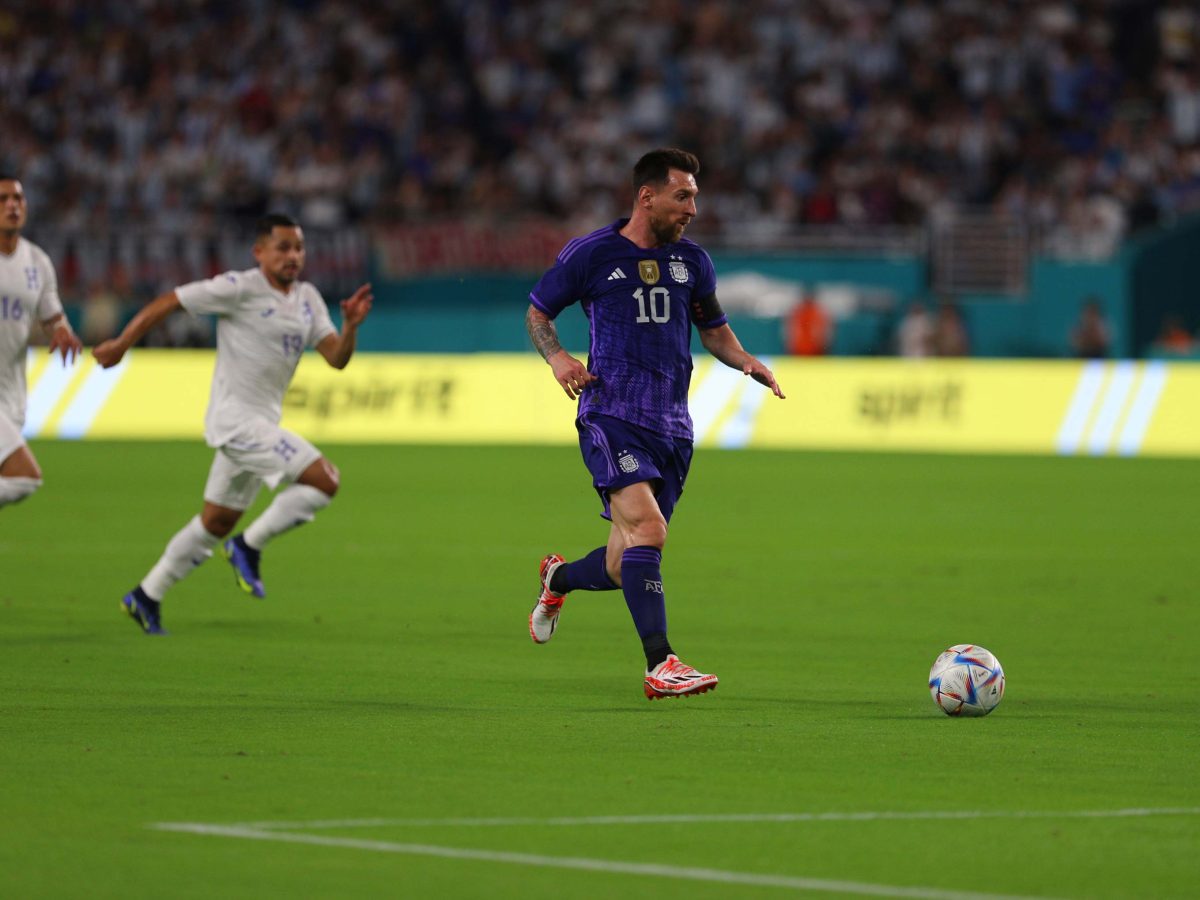Exercise is good for you. Fact. But it’s not without its risks. With this in mind, Time Out met local sports rehab therapist Lee Johnson to learn about preventing injuries, and how to recover from sprains, strains and more.
Common ailments
‘The main injuries I see are calf strains, from grades one to three: grade one being quite minor, grade three being a complete disruption of the calf,’ explains Johnson. He reveals that calf injuries are very common in the UAE because a lot of people play sport on the beach, saying, ‘You lose the elastic properties [of the calf] by running on sand, so you’re predisposing your calf muscles to injury.’
Johnson says other common injuries include hamstring strains and lateral ankle sprains, as well as knee injuries – especially cartilage injuries. ‘When treating injuries, we look at intrinsic and extrinsic variables,’ he says ‘Intrinsic variables are the mechanics of a person, things like the alignment of the patella, while the extrinsic variables are things, such as running on Tarmac roads.’
Lee also treats a lot of ruptures of the anterior cruciate ligament (ACL) in the knee, which are usually a result of a trauma – particularly common in sports such as rugby and skiing. ‘We’re in the desert, yes, but we have Ski Dubai nearby. People head there to prepare for their skiing trips during the winter and then come here with ACL ruptures,’ says Lee with a wry smile.
Rehabilitation techniques
Obviously, different treatments depend on the individual and the nature of the injury, but common treatments include:
• Soft-tissue manipulations, such as ART (active release technique), where a therapist will move people into certain positions to elongate the muscles.
• PRT (positional release technique), where the therapist moves a muscle into a position of ease.
• Deep-transfer friction massage (explained by Lee as the cracking of the back and suchlike).
• Interferential treatment.
Positive mental attitude
Sports injuries aren’t just physical ailments, they are emotional and psychological setbacks. ‘Telling a sportsperson they have to rest for three weeks is like condemning them. So what I say is, “Let’s work with what we’ve got,”’ explains Johnson. ‘I think [dealing with] the hormonal response is one of the most important parts of my job of helping people reciver from an injury.’
Stress and depression resulting from an injury are caused by a dip in endorphins and dopamine – the feel-good factor we get when we work out. ‘The moment you have an injury, all that stops,’ says Johnson. ‘But then we have a stress hormone called cortisol that comes into play. When you have a trauma, your cortisol levels go up in abundance.’
To get these endorphin and dopamine levels back on track, people in the rehabilitation stage should participate in ‘active rest’. Even if they’ve a broken leg, there are still things they can do at the gym: bench press, upper body work. ‘You’ve got another leg,’ adds Johnson. ‘You can still work out on the bike.’
Dos and don’ts
Listen to your body: you should never work out in pain. The phrase ‘no pain, no gain’ is a myth – pain is there to tell you that something’s wrong. ‘Try to work with a pain-free arc – that way you can progress quicker. If you’re working in a painful arc, then you’re disturbing the tissues that are injured and you’re actually going to regress rather than go forward,’ he confirms.
Medication and supplements
Generally, anti-inflammatories are good for the healing process. Therapists want to get rid of swelling because it restricts motion and thus impedes their work. But before taking anti-inflammatories, you should always seek medical advice.
As far as supplements go, Johnson points out that inadequate nutrition hinders recovery. ‘Micro nutrients – calcium, zinc, copper, potassium, iron, magnesium – are vital. They will help you get over an injury.’
Contact Lee at Up and Running Medical Centre, Al Wasl Road (04 328 4600).









